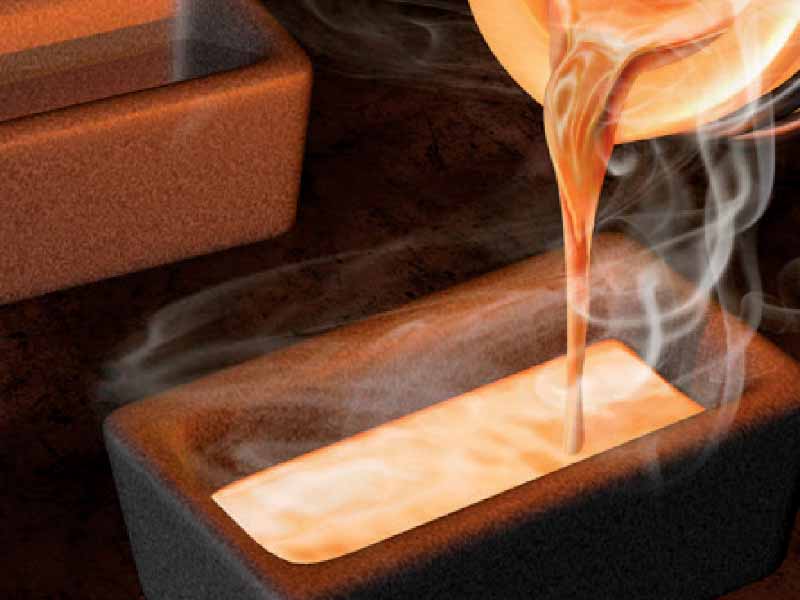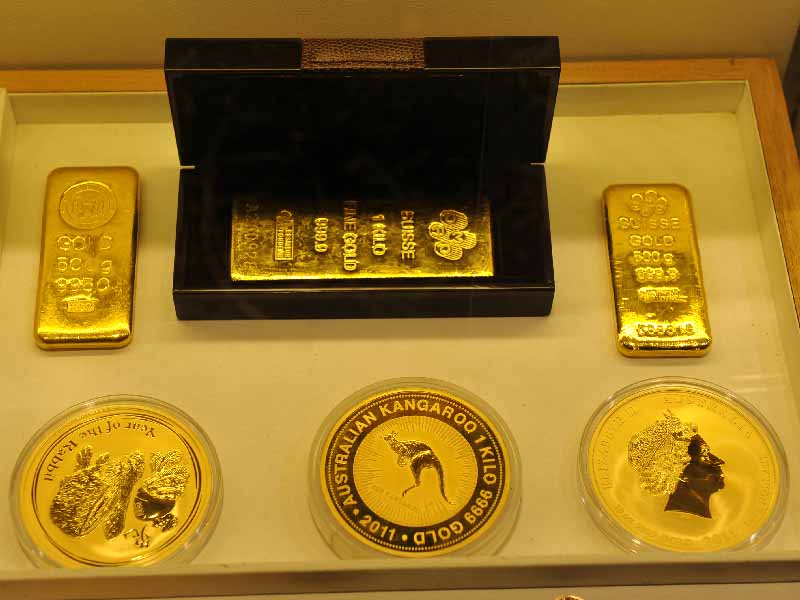
Jimmy Dang
Founder of Refine AU
 Refine AU | Precious Metals/Fire Assaying - “There is no such thing as 'un-assayable gold by the fire assay method,'" Jimmy Dang, The Chemistry of Gold Extraction.
Refine AU | Precious Metals/Fire Assaying - “There is no such thing as 'un-assayable gold by the fire assay method,'" Jimmy Dang, The Chemistry of Gold Extraction.

Our Fire Assay Services
Refine AU | Fire Assay
Fire assay is the industry standard process for obtaining gold and platinum group element (PGE) concentrations from high-grade ores. [Most of the laboratories in the SGS global network offer fire assay gold determinations with an unparalleled level of analytical expertise.]
Fusion
The most crucial step of the fire assay process is fusion, in which a series of flux reagents (soda, borax, silica, flour and lead oxide) are added to a 20-to-50-gram sample and heated to 1,000C. The sample becomes molten and the PGEs are released from mineral grains to be collected by the lead.
Precious Metal Extraction
Fire assay is considered the most reliable method for accurately determining the content of gold, silver, and platinum-group metals (except osmium and ruthenium) in ores or concentrates. This process involves melting a gold-bearing sample in a clay crucible with a mixture of fluxes.
Analysis and Detection
Once in solution, gold, platinum and palladium can be analyzed by several methods:
• Flame Atomic Absorption (AA)
• Inductively Coupled Plasma-Optical Emission Spectrometry (ICP-OES)
• Inductively Coupled Plasma-Mass Spectrometry (ICP-MS)
• Instrumental Neutron Activation Analysis (INAA)
Refine AU | Precious Metals/Fire Assaying

Precious metals analysis for minerals exploration companies searching for gold and platinum group elements.
Refine AU understands the processes and in-depth analytical requirements involved in supporting precious metals mineral exploration, including resource estimation, and the issues facing explorers when analysing for precious metals.
Precious metals analysis challenges
• Issues of particulate precious metals when the precious metal forms a major component of a trace mineral, nuggets and clusters.
• The important requirement to separate streams of low and high grade precious metal samples.
• The requirement of customers to obtain cost effective “fit for purpose” assays.
• Issues of refractory gold and gold amenable to metallurgical processes.
Fire Assaying
In order for people to define rock to be mined as ore, they have to know the amount of the metal of interest contained in the rock. If there is enough of that rock, and if there is enough metal that can be recovered by processing and that can be sold at a price greater than the expense to produce that metal, then the rock can be defined as ore to be mined. The assayer determines the amount of the metal in the rock.
The method used to measure the amount of metal (or other commodity) of interest is called assaying. The most common and reliable method for assaying rock for silver, gold or other precious metals (platinum group elements) is fire assaying.
Abstract
The fire assay process is still the most accurate and precise method for measuring the gold content in gold alloys. Scanning electron microscopy and transmission electron microscopy have been applied to observe the change in microstructure of the samples undergoing the fire assay process. The performed observations reveal that the microstructure of the specimen is more complex than expected. Before the parting stage, the specimen is not a perfect gold–silver binary alloy but contains also copper–silver oxides and other residual compounds. The parting stage appears to be a dealloying process leading to a nanoporous gold nanostructure. What observed after partition explains the evolution of the shape and colour of the specimen and may allow for a better comprehension of the procedure and an improvement in the method.
Refine AU | Precious Metals Assaying Provides Maximum Returns
Accurate assaying is essential to arriving at best-cost solutions for customers. Refine AU’s experienced chemists and technicians ensure analytical results that offer the fastest settlement times and highest precious metal returns for reclaims in the industry.
Experts at our state of the art precious metal refineries meticulously examine and weigh metal scrap in order to determine the most appropriate sampling technology and technique for each material type. This process allows us to achieve a precise measurement and extract the maximum value of precious metal recovery from your reclaimed material.
Refine AU | Precision Measurement Yields Maximum Value
Refine AU’s precision approach in precious metal assaying allow us to deliver maximum value to our customers. Enhanced benefits of our services include:
• highest returns of metal (gold, silver, platinum, palladium, rhodium, iridium and ruthenium), translating into a cost advantage for our customers.
• fast settlements mean shorter return of value to the customer and improved cash flow.
• convenience of multiple refineries in Malayisa and Asia as well as a global recovery presence.
• variety of analytical methods and capabilities to ensure the most appropriate approach for different material types.
Refine AU | Unique Capabilities to Optimize Value
Our assaying capabilities include high purity materials testing and ultra-trace level testing for minor and trace elements in metal alloys and dopants. Experts at our facilities are equipped to perform a variety of tests depending on your requirements, including:
• Fire assay
• ICP
About Fire Assay
Fire Assay or Melt Test
Fire assays are the standard for valuing gold and silver at major mining companies and refineries. In the process, metal is melted down, then the precious metal sample is chemically separated from the other metals. The process is different for each precious metal, using a variety of chemicals during the separation process.
How a Fire Assay Works
To perform a fire assay, a sample is melted and mixed with lead oxide as well as a few control chemicals. The lead in the mixture binds with the precious metal in the sample. The entire mixture is then poured into a mold and cooled.
Because the lead is so dense, it sinks to the bottom of the mold, where it is chipped off and placed into a cupel and melted again. The cupel absorbs the lead, leaving only precious metal behind. The precious metal is then measured against the size of the rest of the sample to determine its overall purity.
The Benefits of a Fire Assay
A fire assay—or melt test—is the most accurate precious metal assay. In fact, it’s accurate between one part per thousand and one part per ten-thousand. We recommend the fire assay process, because it is the most accurate and the best way to determine the amount and purity of precious metals.
Read What Our Satisfied Customers Have To Say
"Refine AU is the ONLY refiner I will sell my metals to. If there is a piece that is in the 916 that tests 999 they will point it out to you and pay accordingly! I can’t say the same for the other “dealers” on 48th street! Whether it’s buying bullion for clients or melting scrap you know you are always getting the best price! They take the “game” out of doing business." - Adeline

